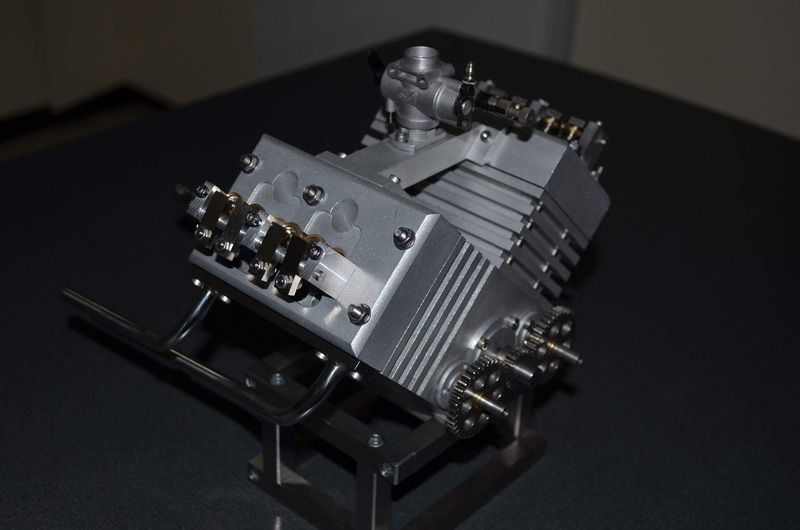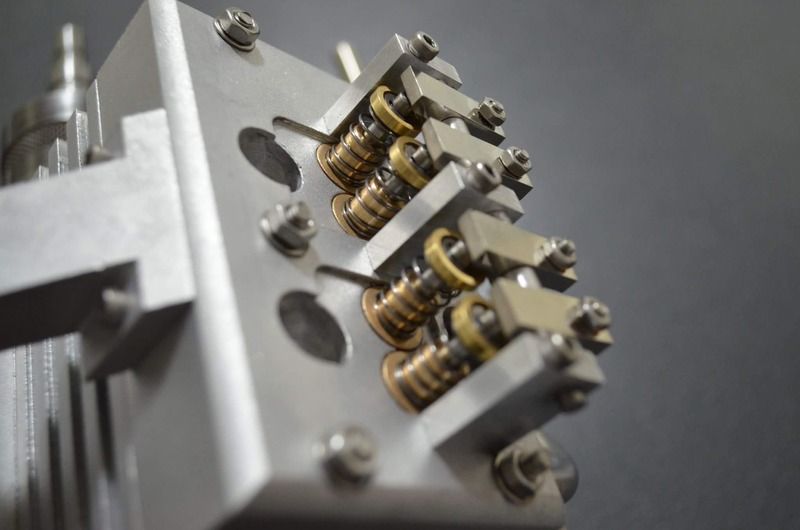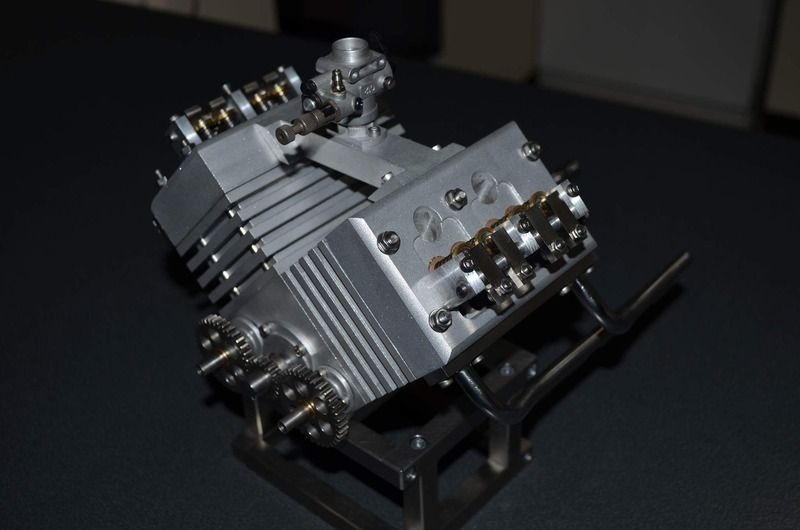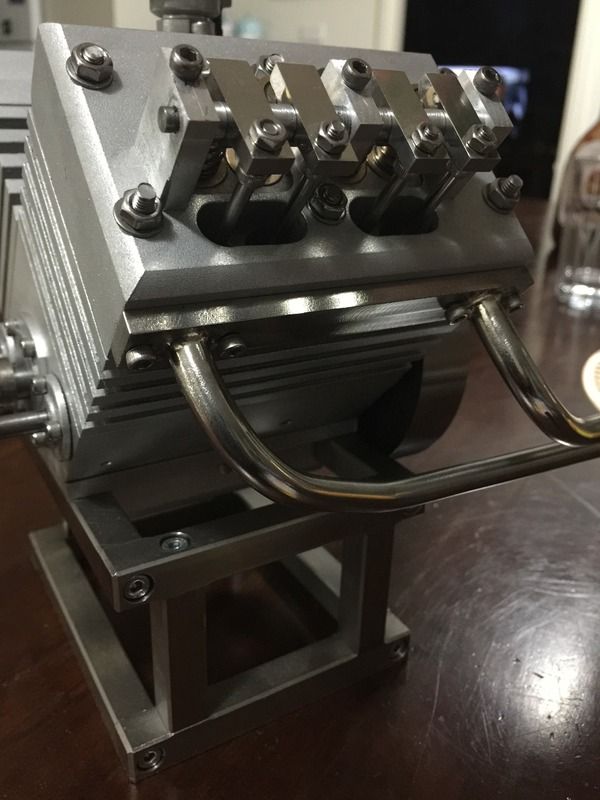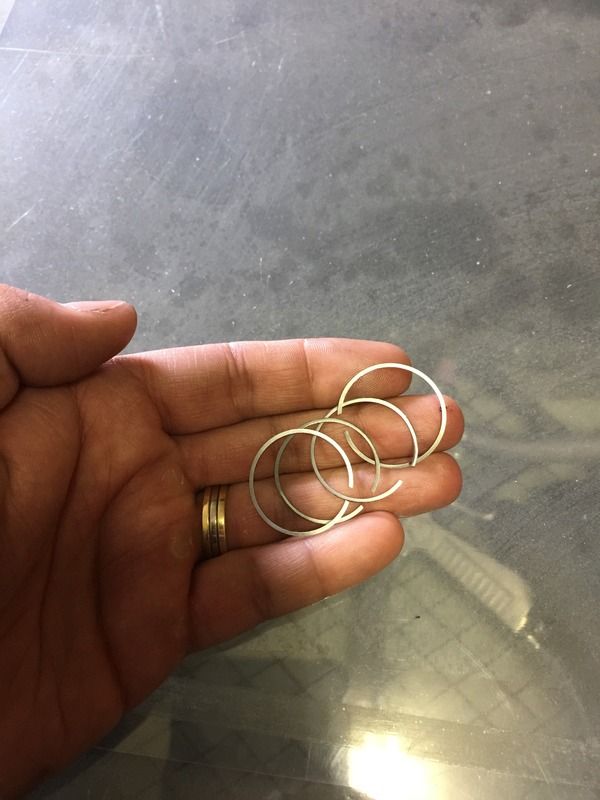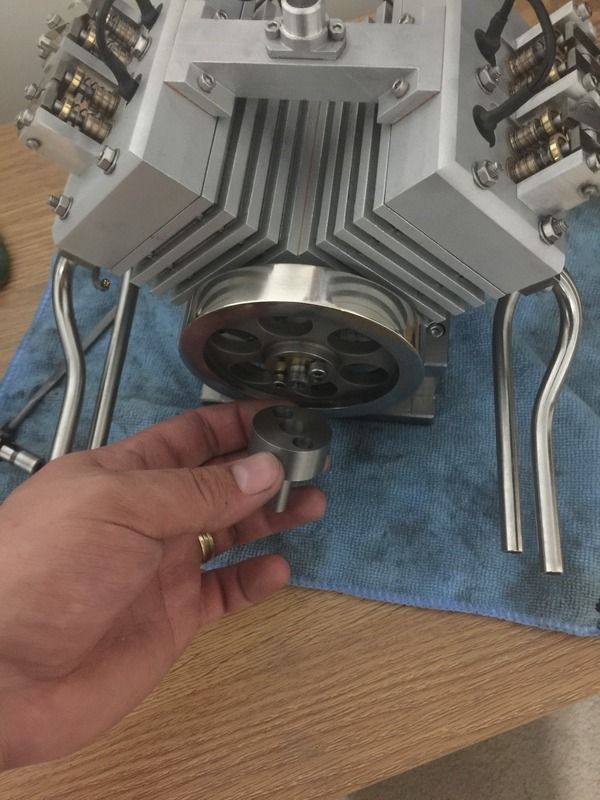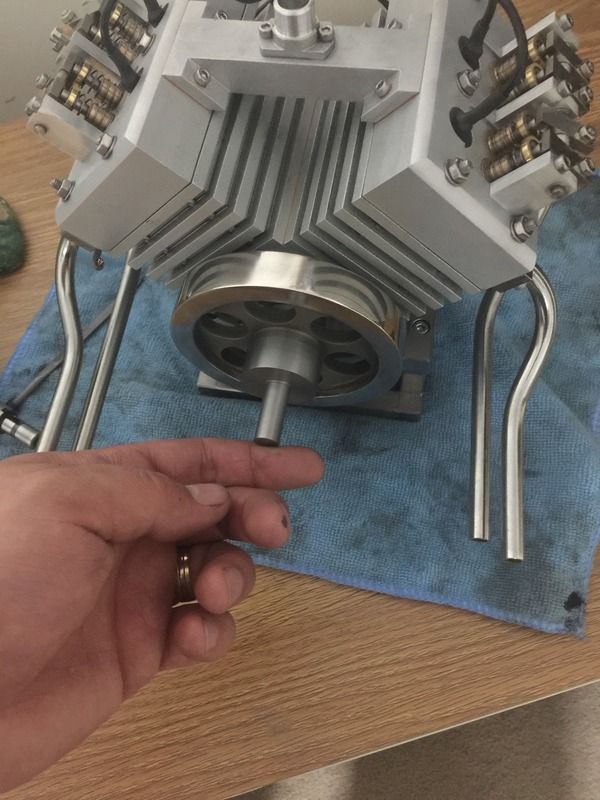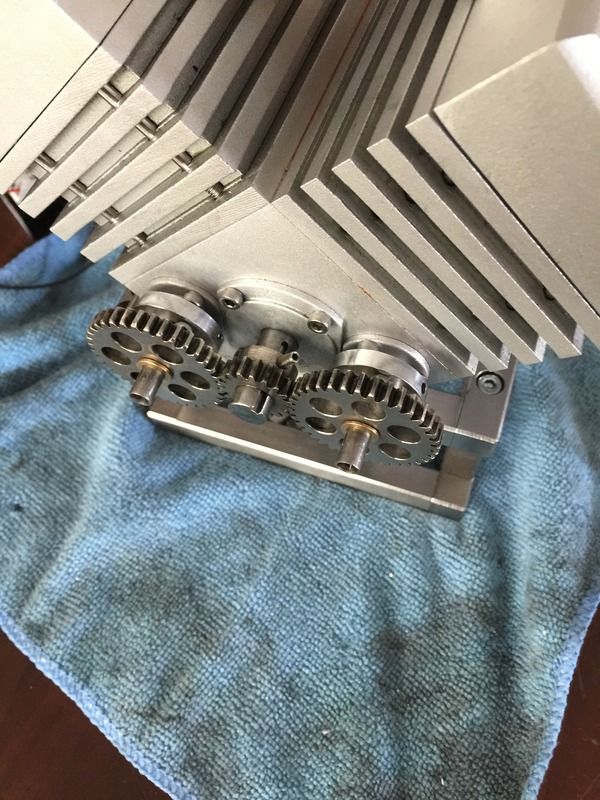I use the same bloke, very quick postage.Cheers Ghosty,
Most of the materials I use I purchase online. There are some good sellers on eBay for aluminium bar where you can choose what size you like.
I am fortunate with where I am as there is a steel supplier, but only stainless and mild steel.
I regularly buy from this seller as they sell fine grain cast iron, bronze, 4140, etc
http://www.ebay.com.au/usr/offcuts.galore?_trksid=p2060353.m2749.l2754
Cheers





